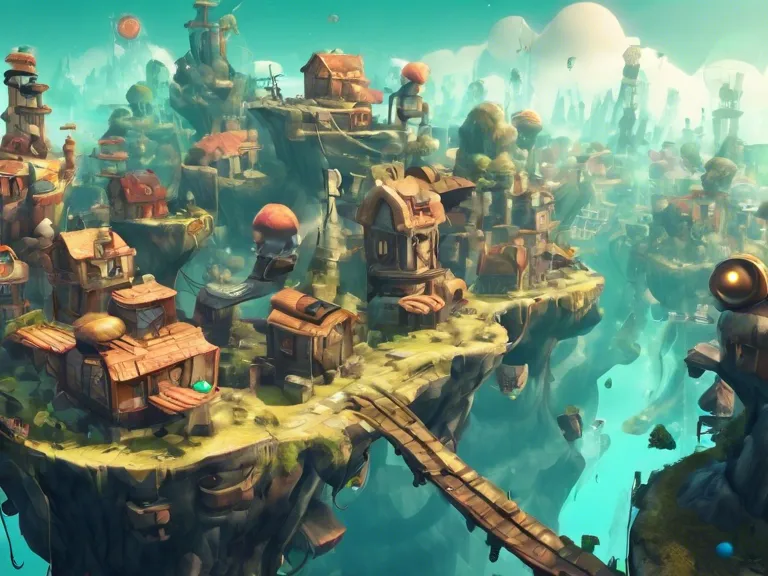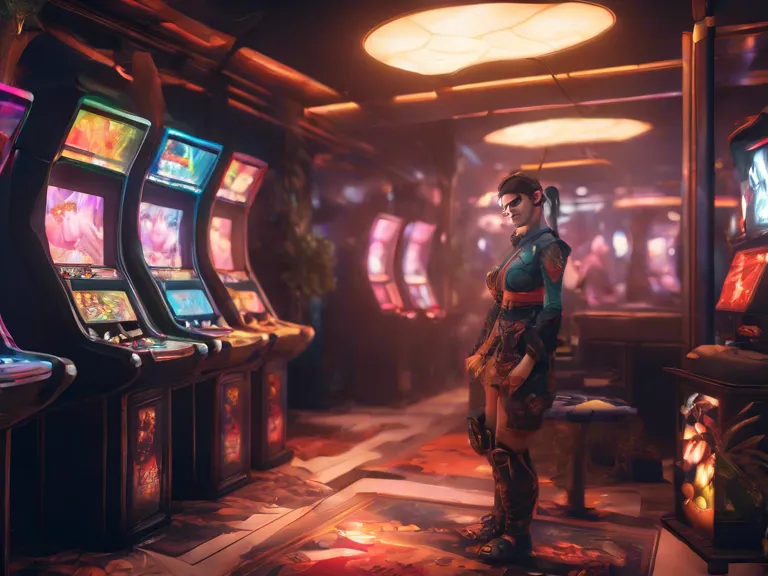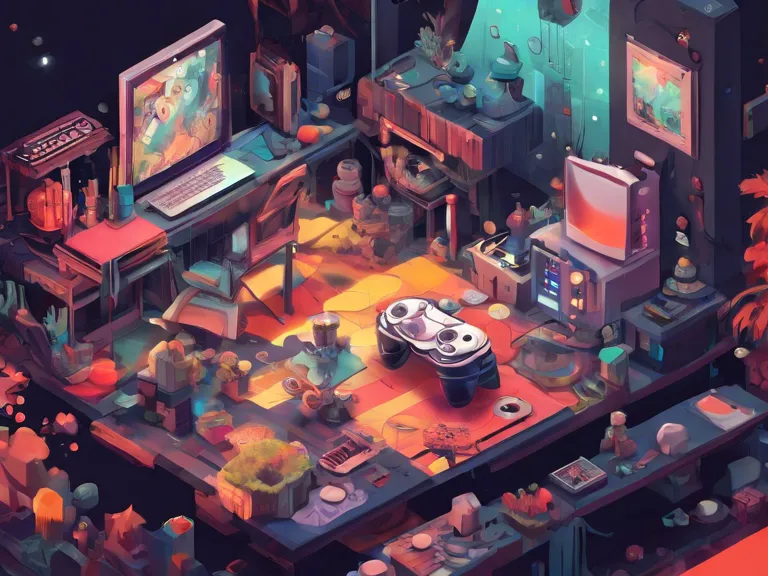
Creating Digital Worlds: The Role of Artistic Vision in Game Design
In the world of video games, artistic vision plays a crucial role in shaping the immersive digital worlds that players interact with. From designing characters and environments to creating a unique aesthetic style, the artistic vision of game developers is what sets a game apart and makes it memorable.
Artistic vision in game design is not just about creating visually stunning graphics, but also about telling a story and creating an emotional connection with the players. It involves making decisions on color palettes, textures, lighting, and overall visual design to evoke a particular atmosphere or feeling.
One of the key elements of artistic vision in game design is the concept of world-building. This involves creating a detailed and cohesive universe for players to explore, complete with its own history, culture, and mythology. The art direction of a game is what brings this world to life, from the architecture of buildings to the flora and fauna that populate the environment.
Artistic vision also plays a role in character design, as the appearance and personality of characters can greatly impact how players engage with the game. A well-designed character can become iconic and beloved by fans, contributing to the overall success of a game.
Ultimately, the artistic vision of game developers is what drives the creative process and sets the tone for the entire gaming experience. It is a balancing act between technical constraints and creative expression, with the goal of creating a visually stunning and emotionally engaging world for players to immerse themselves in.


